Cameras. What do you shoot with?
Sorry. The thread title made me think of this classic scene from Blazing Saddles:
I just upgraded to the Canon 5DMkIV. Have Sigma 24-105 ART lens, Canon 24-70 and 17-40. Going to break it in this weekend for some fall shots.
I'm looking into a smaller "walk around, backup" system and thinking of maybe Sony A7 line or Fuji.
i had a buddy who went out and bought all of the sony a7rii stuff (body , lenses, flash). He then sold it after shooting for an hour with my xpro2. He was really impressed with the files right out of the camera. He still uses a 5dmkii for weddings but most of his corporate headshot gigs are done with the xpro2.
I love the size of the fuji gear. I did a shoot for a calendar in vegas a few weeks ago and fit the xpro2 body, 4 lenses and 3 flashes into a pelican 1510 case (largest case they make that meets carry on requirements)
My main shooter is a Leica M5. For medium format I have a Minolta Autocord CDS-III and a Zeiss Ikon 521-2. I keep a Retina IIIc in my bag for emergencies. For digital, I use an Olympus OMD-EM5.
I am not a pro, I do not shoot weddings or events. I am an advanced hobbyist with an artistic bent. The gear conversation is and should be very different between pros, amateurs, and advanced hobbyists.
I shoot mainly film, mainly black and white, and I process and wet print everything myself. I stopped scanning my analog work a few years ago as the results were never accurate representations of the original -- I could not overcome the difference between reflective and transmissive displaying.
The Leica is the best combination of image and controls in any camera I have every handled -- fast simple, and the negatives just glow. I am having a Rollie cleaned and adjusted, but I may stay with the Autocord just because I am very comfortable using it. I am particularly entranced by the square format right now, and the additional depth of the the larger negative, and have been shooting it quite a bit -- you may have seen me lugging it around at Maplewoodstock last year. That said, both it and the Zeiss are better for slow moving or static subjects than street shooting, Vivian Mair notwithoutstanding.
For digital, mirrorless is the way to go unless you are a pro or already have good glass in a DSLR system. The quality I get from the Olympus is superb, I will hold it up to anything from any other crop-frame camera, there is wonderful glass available for good prices (and I can use my Leica glass on it, too) and the controls are well thought out and intuitive.
Not sure about the mirrorless advice. The lenses are the big bulky items, not the camera bodies.
Oh, and Canon 70D. I am strictly an amateur.
My fuji xpro2 with the fuji 16-55mm f/2.8 mounted weighs less than my nikon 28-70 F/2.8 lens.
My 50-140 mm is much lighter than the nikon 70-200.
Im not a full time pro. I dont shoot weddings or bar mitzvahs or anything like that. I shoot for some friends (website content, advertising, promo items for cosplayers) and myself and submissions to magazines every now and then.I've had photos I've taken with the xpro2 published in some anime and tattoo magazines.
A few pros with youtube followings have switched primarily to mirrorless systems but there are still "issues" with these systems including clients thinking that the "little" cameras arent "professional"
I shoot with some older 35mm film cameras and soviet era stuff (olympus xa series 35mm, Lomo LC-A, mamiya/sekor T1000). I develop in caffenol or send film out to thedarkroom. I do scan the negatives with an epson film scanner but do no correction for scratches.
Fuji is set to release a medium format mirrorless 50+ mp camera next year. Since 80% of what i shoot is indoors with studio or location lighting I'm their target audience (throw it on a tripod and shoot all day long at f/8 , 1/160 , iso 100). Its said to hit the market for under $10k with a lens.
Gee!! You all have some great cameras!! Max, I'd kill for that Leica!! - Masochistically, I've been shooting with several versions of the Sigma DP series, i.e., Dp1s - Dp2s, Dp2 Merrill and Dp2 Quattro. Though capable of exquisite details and gorgeous colors that are true to natural due to Sigma's unique "foveon" sensor, they are painfully slow and cantankerous. Worse still, the RAW images can only be processed by Sigma's proprietary post processing system, which is even slower and limited only to adjusting exposure levels and limited color adjustments. Still, the fixed lens DP series cams can produce images that match and surpass high end DSLRs and medium format film cameras. I am primarily a scenic and/or landscape photographer, so speed is not an issue for me. The sigmas perform best at ISO speeds of 200 or less, so a tripod is often needed. If anyone is interested is seeing some of the photographs I've taken with these finicky little cameras : https://www.flickr.com/photos/waxwings/
Pros with YouTube followings probably get free merch so I would not necessarily pay attention to their "switches." Rather, what are the shooting in the field.
LivingLarge said:
Not sure about the mirrorless advice. The lenses are the big bulky items, not the camera bodies.
Oh, and Canon 70D. I am strictly an amateur.
The mirrorless system lens are 1/3 to 1/2 the size of DSLR lenses because the lack of a mirror box allows the back element to be much closer to the sensor.
I will admit my anti-SLR bias right up front -- notice I do not use one for film, either. Mirror slap makes me crazy.
there was a guy at the vegas shoot i was at a few weeks back with a pro-level dslr (nikon d5?) shooting models in high speed continuous mode. Talk about mirror slap. Also I wonder what that must do for one's editing workflow? 47 frames of each pose? The culling process would take weeks
Nikon D750 body modified for infrared with a Zeiss ZF-IR infrared lens. I do this for giggles mostly.
But I generally use a D800 with a Zeiss Otus 55mm manual lens for most serious stuff. I've moved away from Nikkor lenses to Zeiss whenever possible.
fuji xpro2. Adorama flashpoint 320m monolight, westcott 7ft white parabolic umbrella, f/8 1/160 iso 200 (native low on this camera). Back drop is sheets of insulation sprayed with expanding foam then spray painted black.
Dammit! What's the second recall of the D750? I've had the flare situation resolved even though I couldn't make the flare appear, but I honestly feel like the camera has focusing issues.
the recall was related to the "shutter" nikon was very vague. They had previously said there was that banding issue because of the af sensor reflection. This is new
I understand why mirrorless are smaller, but the lenses are are still large.
You can drive a trailer with a big car or a small car, but you still are pulling a trailer.
max_weisenfeld said:
LivingLarge said:
Not sure about the mirrorless advice. The lenses are the big bulky items, not the camera bodies.
Oh, and Canon 70D. I am strictly an amateur.
The mirrorless system lens are 1/3 to 1/2 the size of DSLR lenses because the lack of a mirror box allows the back element to be much closer to the sensor.
I will admit my anti-SLR bias right up front -- notice I do not use one for film, either. Mirror slap makes me crazy.
guess it depends on the size of the mirrorless body. An xpro-2 or an xt-1/xt-2 with a 56mm f/1.2 mounted would look as proportionate as a d750 with a nikon 85mm f/1.4 mounted. If you mounted the fuji 50-140mm to a small body like an xt-10 , the body would look more like the rear lens cap. Same holds true with some entry level dslrs. A nikon d3200 with a nikon 70-200 f/2.8 VR1 mounted looks stupid small
behind the scenes from a quick closet cosplay shoot i did today in maplewood.
LivingLarge said:
I understand why mirrorless are smaller, but the lenses are are still large.
You can drive a trailer with a big car or a small car, but you still are pulling a trailer.
Not really. The kit lens for the OMD EM5 is 2.25" x 2.25" x 2" ( https://www.amazon.com/Olympus-14-42mm-3-5-5-6-Interchangeable-Panasonic/dp/B005AHKY0O/ref=sr_1_4?ie=UTF8&qid=1477828221&sr=8-4&keywords=olympus+micro+%224+3%22+lenses)
The kit lens for a Nikon crop sensor camera is 50% larger at 3 x 3 x 3 (https://www.amazon.com/Nikon-NIKKOR-18-55mm-3-5-5-6G-Cameras/dp/B000LWJ1ES%3Fpsc%3D1%26SubscriptionId%3DAKIAILSHYYTFIVPWUY6Q%26tag%3Dduckduckgo-d-20%26linkCode%3Dxm2%26camp%3D2025%26creative%3D165953%26creativeASIN%3DB000LWJ1ES)
And the Olympus lens weighs more. Camera size and weight is not the constraining factor. It's the lenses.


















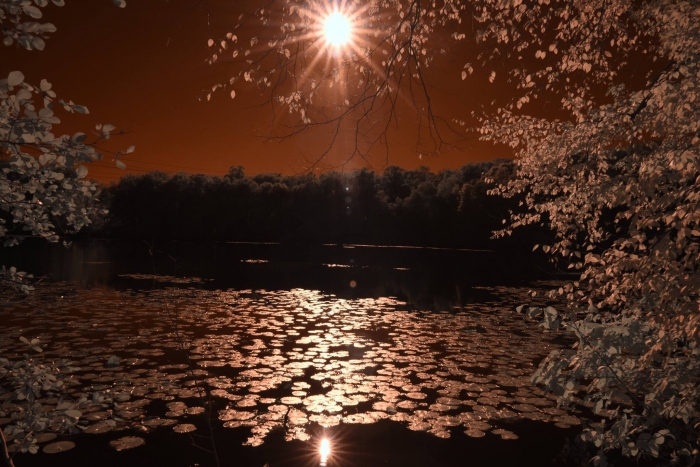




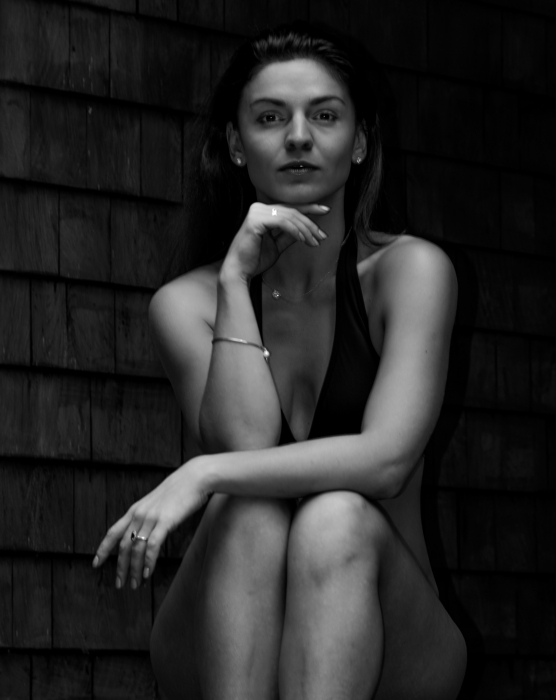
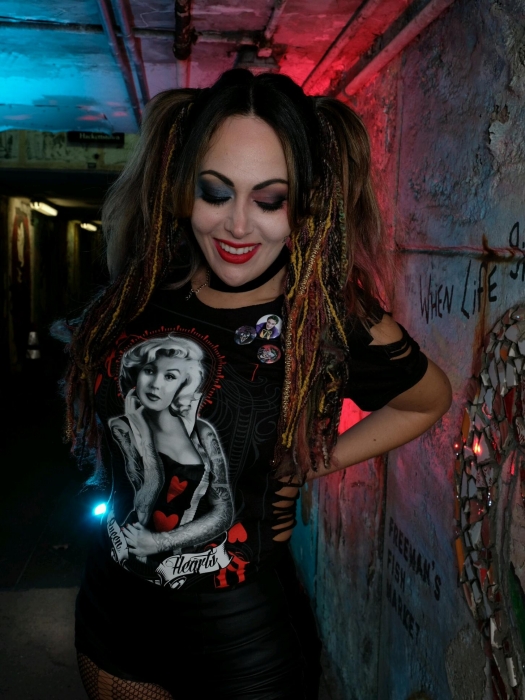

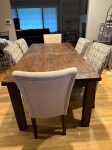


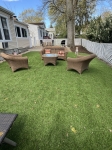
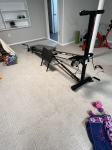
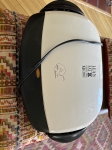
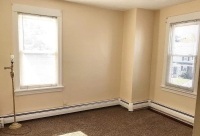

After a 2nd recall on my nikon d750 , I left nikon for fujifilm. I'm in love with the xpro2 and I'm looking at possibly picking up an xt2. Fuji does lag slightly in the video and after market flash support segments. The bluk of my work is done using $99 adorama flashpoint lights anyway so no big deal.
What does everyone shoot?